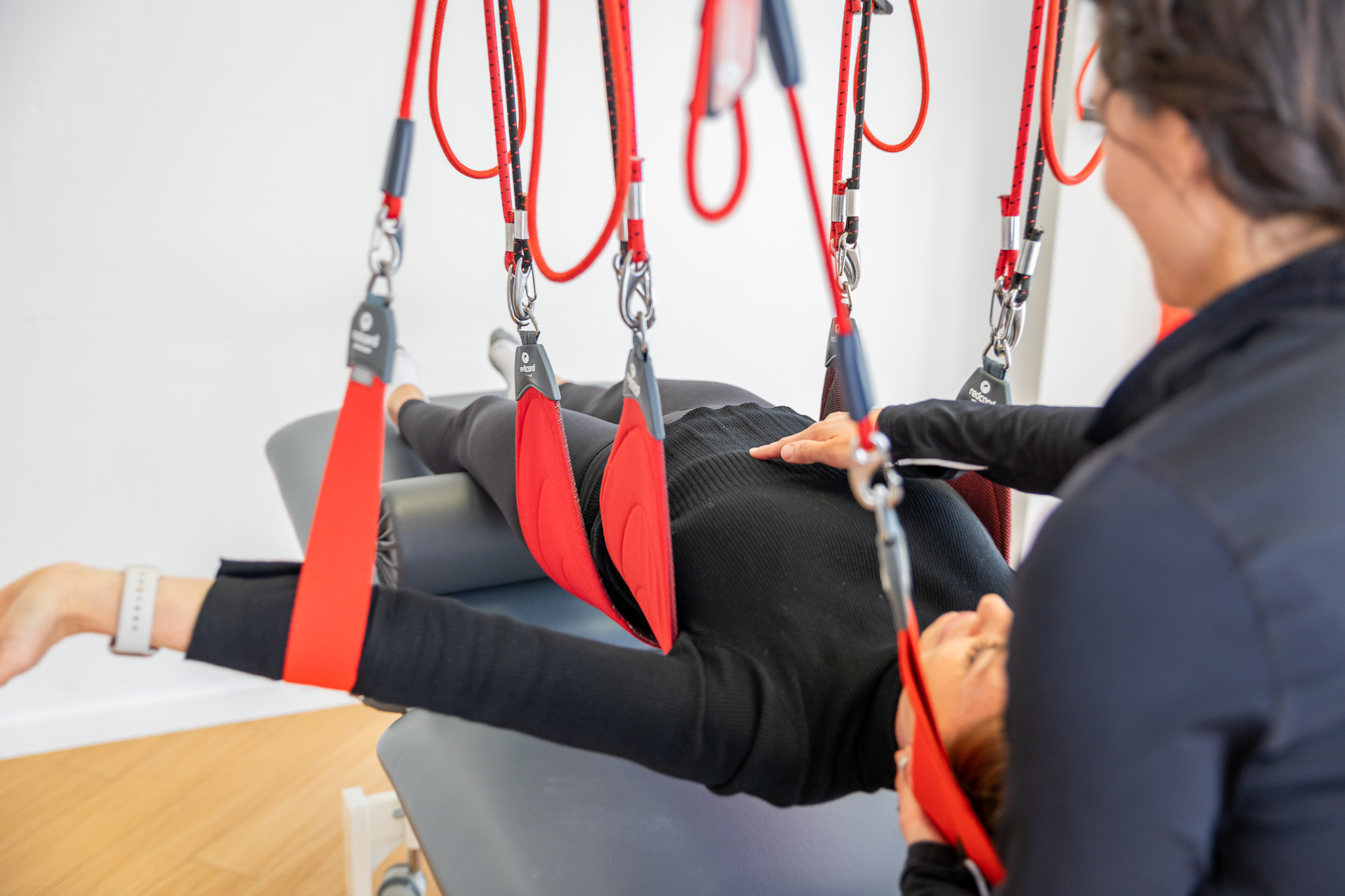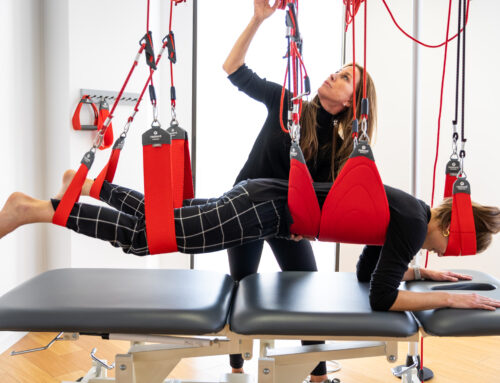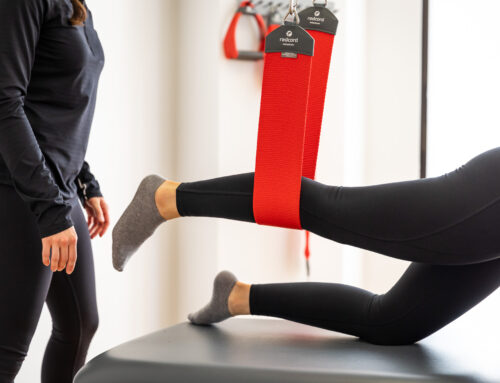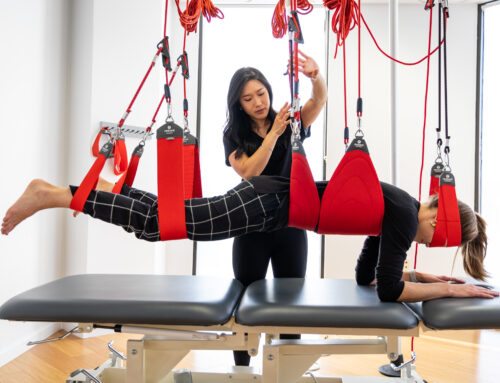Objective: This study aims to evaluate the effect of sling exercise training (SET) on balance in patients with stroke.
Methods: PubMed, Cochrane Library, Ovid LWW, CBM, CNKI, Wan Fang, and VIP databases were searched for randomized controlled trials of the effect of SET on balance in patients with stroke. The study design and participants were subjected to metrological analysis. Berg balance Scale (BBS), Barthel index
score (BI), and Fugl-Meyer Assessment (FMA) were used as independent parameters for evaluating balance function, activities of daily living (ADL) and motor function after stroke respectively, and were subjected to meta-analysis by RevMan5.3 software.
Results: Nine studies with 460 participants were analyzed. Results of meta-analysis showed that the SET treatment combined with conventional rehabilitation was superior to conventional rehabilitation treatments, with increased degrees of BBS (WMD = 3.81, 95% CI [0.15, 7.48], P = 0.04), BI (WMD =12.98, 95% CI [8.39, 17.56], P < 0.00001), and FMA (SMD = 0.76, 95% CI [0.41, 1.11], P < 0.0001).
Conclusion: Based on limited evidence from 9 trials, the SET treatment combined with conventional rehabilitation was superior to conventional rehabilitation treatments, with increased degrees of BBS, BI and FMA, So the SET treatment can improvement of balance function after stroke, but the interpretation of our
findings is required to be made with caution due to limitations in included trials such as small sample sizes and the risk of bias. Therefore, more multi-center and large-sampled randomized controlled trials are needed to confirm its clinical applications.





